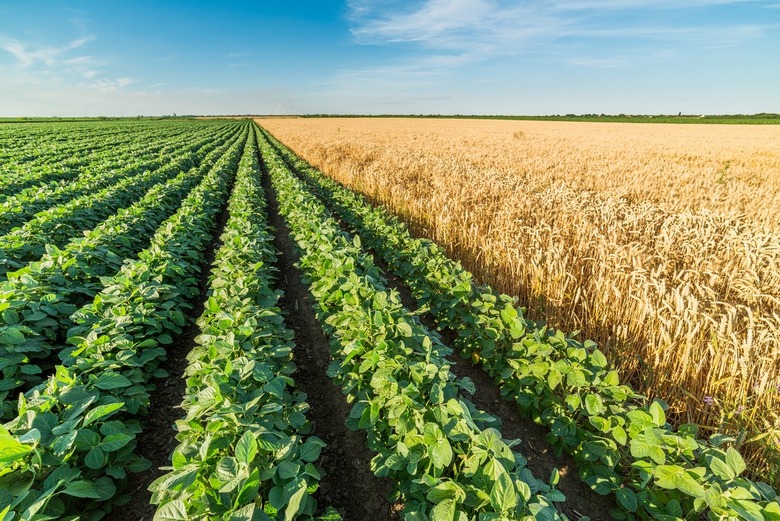In 2015, Global Farmland Used For GMO Crops Declined For The First Time Ever
In 2015, the amount of land dedicated for the planting of genetically modified crops fell for the first time since GMO technology became commercially available in 1996, signaling what may be interpreted as a global move away from bioengineered foods.
However, the decline only measures a one percent difference from 2014 levels, and just three countries — the United States, Brazil, and Argentina — account for more than 75 percent of the total global farmland used for GMOs. In 2015, the global land planted with GMO seeds dropped from 448.5 million to 444 million acres across 28 countries.
The main reason for decline, according to a nonprofit organization that tracks the use of engineered seeds, was low commodity prices of soy, corn, and canola, which led farmers to plant less of both GMO and non-GMO crops.
These crops, as well as cotton, account for the majority of genetic engineering in agriculture, and data suggests that, in regions where these crops are grown, more than 90 percent are already genetically modified. Thus far, the engineering of other kinds of crops has been largely unsuccessful, due to opposition from environmental activists and consumer groups.
In the United States, 175.2 million acres of land are used for bioengineered crops. In the last few years, two GMO crops — apples that don't turn brown when sliced, and potatoes that produce less of a potential carcinogen when fried — have been approved for planting in the U.S.
A recent GMO labeling law passed by Vermont is forcing the U.S. food industry to move toward labeling GMOs for consumers, and perhaps move away from bioengineered crops. Globally, however, GMO acreage could still increase if other countries adopt more modified crops, dozens of which are currently being field tested.
